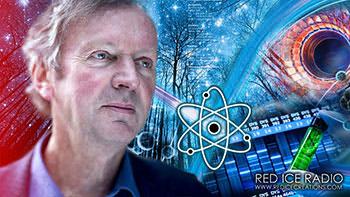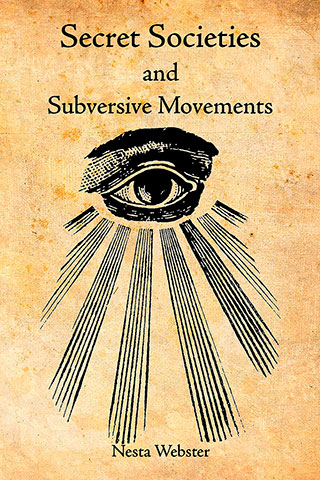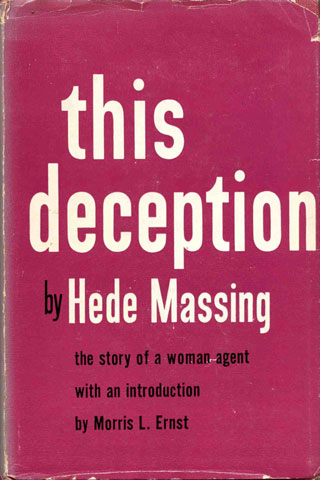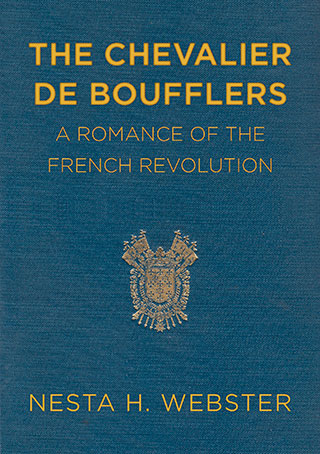The Active Voice
 The simplest and cheapest of all reforms within institutional science is to switch from the passive to the active voice in writing about science. Many people have already made this change, but some teachers in schools and universities do not realise that they and their students are free to write more naturally.
The simplest and cheapest of all reforms within institutional science is to switch from the passive to the active voice in writing about science. Many people have already made this change, but some teachers in schools and universities do not realise that they and their students are free to write more naturally.
The idealized objectivity of science is reflected in the use of the passive voice in many science reports: “A test tube was taken…” instead of “I took a test tube.” All research scientists know that writing in the passive voice is artificial; they are not disembodied observers, but people doing research. Technocrats also use the passive voice to give their reports an air of scientific authority, dressing up opinions as objective facts.
The passive style did not become fashionable in science until the end of the nineteenth century. Earlier scientists like Isaac Newton, Michael Faraday and Charles Darwin used the active voice. The passive was introduced to make science seem more objective, impersonal and professional. Its heyday in the scientific literature was from 1920 to 1970. But times are changing. Many scientists abandoned this convention in the 1970s and 1980s.
In 1999, I was astonished to read in my 11-year-old son’s science notebook, “The test tube was heated and carefully smelt.” At primary school his science reports had been lively and vivid, but when he moved to secondary school they became stilted and artificial. His teachers told him to write that way, and gave him a style sheet to copy.
I thought that schools has abandoned this practice years ago, and was curious to find out how widespread it still was. In 2000, I carried out a survey of 172 secondary schools in Britain to find out how many insisted on the passive style. Overall, 42 per cent of the schools still promoted the passive voice, 45 per cent the active, and 13 per cent had no preference.
Most of the teachers enforcing the use of passive voice said they were simply following convention. No one was enthusiastic about it. They taught it out of a sense of duty because they believed that leading scientists and journals required it. Some thought that examination boards insisted on it, but this was not true. I found that all the UK examination boards accepted reports in the active or the passive voice.
I also found that most scientific journals accepted papers in the active voice; some, including Nature, positively encouraged it. I surveyed 55 journals in the physical and biological sciences, and found only two that required passive constructions.
When Lord May was President of the Royal Society, he read the results of my survey of school science teaching, he was “horrified” that so many favoured the passive: “I would put my own view so strongly as to say that, these days, the use of the passive voice in a research paper is the hallmark of second-rate work,” he said. “In the long run, more authority is conferred by the direct approach than by the pedantic pretence that some impersonal force is performing the research.” May’s views were shared by many other eminent scientists, including the Astronomer Royal, Martin Rees, who succeeded Lord May as President of the Royal Society, and Bruce Alberts, then President of the US National Academy of Sciences.
Nevertheless, old habits die hard, and science teachers in many schools still insist that their pupils write in the passive voice. In a recent survey I carried out, science teachers in 30 percent of British secondary schools were still insisting on the passive voice. This is an outdated practice. “Primary and secondary teachers should, without any reservation, be encouraging all their students to be writing in the active voice,” said Lord May.
Switching from the passive to the active voice in science reports is a simple reform that costs nothing and makes science writing more truthful and more readable.
Rupert Sheldrake is a biologist and author of more than 80 scientific papers and 10 books, including Science Set Free, called The Science Delusion in the UK. His website sheldrake.org has links to many articles, audio and video recordings.








